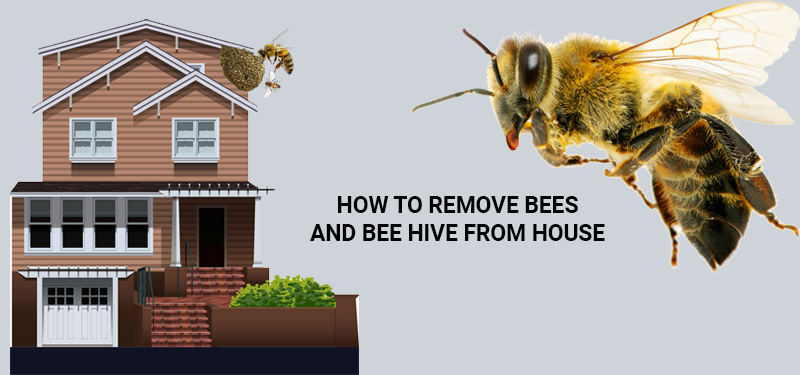Discovering bees in your home’s vents can be alarming. Not only can it pose a risk to your family’s safety, but it can also lead to structural damage to your property. In this guide, we’ll explore effective methods to safely remove bees from vents and prevent future infestations.
Identifying Bee Infestations in Vents
Before taking action, it’s essential to confirm whether you’re dealing with a bee infestation in your vents. Here are some signs to look out for:
- Buzzing Sounds: If you hear buzzing sounds coming from your vents, especially during warmer months, it could indicate the presence of bees.
- Visible Bee Activity: Observing bees entering or exiting vents is a clear indication of an infestation.
- Presence of Beehive: If you spot a beehive near your home’s exterior vents, it’s likely that bees have found their way inside.
Risks of Bee Infestations in Vents
Having bees in your vents poses several risks, including:
- Stings: Bees can become agitated if disturbed, leading to potential stings, especially for individuals with allergies.
- Structural Damage: Bees may build hives within vents, causing blockages and potential damage to ventilation systems.
- Fire Hazard: Accumulation of beeswax and honeycomb within vents can increase the risk of fire.
Safe Removal of Bees from Vents
1. Contact a Professional Bee Removal Service
For safe and effective removal of bees from vents, consider hiring a professional bee removal service. These experts have the knowledge, experience, and equipment to safely relocate bees without causing harm to the insects or your property.
2. Seal Off Vents Temporarily
While awaiting professional assistance, consider temporarily sealing off the affected vents to prevent bees from entering or exiting. Use duct tape or plastic sheeting to cover vents securely until the infestation can be addressed.
3. Use Natural Repellents
Natural repellents such as peppermint oil or citronella can help deter bees from nesting in vents. Apply these repellents around vent openings to discourage bee activity. However, keep in mind that these methods may not be as effective for established infestations.
Preventing Future Bee Infestations
1. Regularly Inspect and Maintain Vents
Schedule regular inspections of your home’s vents to identify and address potential entry points for bees. Ensure vents are properly sealed and free of any gaps or openings that bees could exploit.
2. Trim Vegetation Near Vents
Keep vegetation trimmed and away from vents to reduce the likelihood of bees nesting near your home. Overgrown foliage provides convenient shelter and nesting sites for bees, increasing the risk of infestation.
3. Install Vent Covers
Consider installing vent covers or screens to prevent bees from accessing vents while still allowing adequate airflow. These covers act as a barrier, deterring bees from entering and nesting inside vents.
Conclusion
Dealing with bees in vents requires prompt action to ensure the safety of your home and family. By following the methods outlined in this guide, you can effectively remove bees from vents and prevent future infestations. Remember to prioritize safety and consider seeking professional assistance for complex infestations. With proactive measures and diligence, you can protect your home from bee-related issues and enjoy peace of mind.



